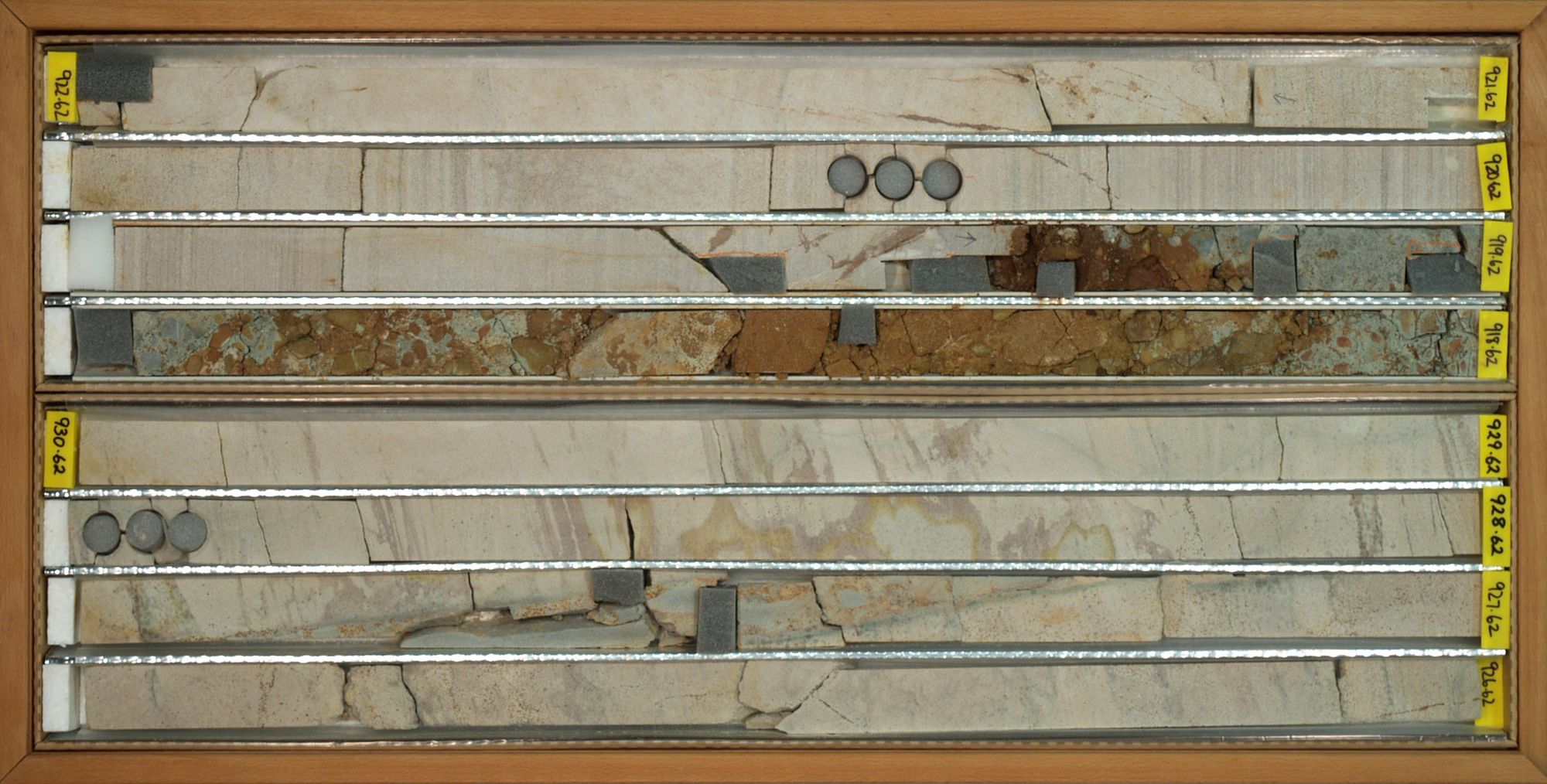
The Paleoclimate & You: Understanding Modern Climate Change with Ancient Climatological Data
The 02021 Working Group I contribution to the Sixth Assessment Report of the Intergovernmental Panel on Climate Change, widely known as the 02021 IPCC report, is a massive document. Drawing on more than 14,000 studies, the report synthesizes the state of contemporary climate science. It paints a dire picture of the possible futures for earth’s climate, predicting warming of at least 2.5 degrees celsius by 02100 barring a rapid drawdown in carbon dioxide emissions to the atmosphere.
In outlining its conclusions on the next century of the earth’s climate, the IPCC report uses a large amount of historical data. Much of this data is of relatively recent vintage, reaching back through the last 150 to 200 years of verifiable, scientifically collected observations. From these data points, the report can conclude, for example, that over the last decade Arctic sea ice has contracted to its lowest average area since at least 01850. Yet the IPCC report also draws on a far older dataset: the paleoclimate record.
The paleoclimate record is not contained in any one archive, and stretches far beyond human recorded history. It is found in nature’s own memory: sediment, peat, and glacier ice records that stretch back more than 100,000 years in earth’s history in some cases. In a recent interview following the publication of the IPCC report, lead author Kim Cobb, a climate scientist at the Georgia University of Technology, told Scientific American that paleoclimate data allowed the IPCC to “capture the full breadth of natural variability in Earth’s climate system” in a way that human records over the past 150 years simply could not.

Paleoclimate cores help us understand what the ecological and geological consequences of 2+ celsius degree warming, unprecedented in recent history, would look like in the long-term. By revisiting sediment core slices dated back to the last interglacial period 125,000 years ago, we can observe the conditions that an extended period of climate 2 degrees above modern preindustrial earth lead to: a completely melted ice sheet, with sea levels five to ten meters above modern levels.
Of course, Cobb notes, “None of Earth’s past warm periods is an appropriate analogue for what we’re seeing today.” The past interglacial period was reached over the course of thousands of years of gradual warming — a snail’s pace compared to the rapid change in climate since the dawn of the industrial revolution.
Going deeper
- Read Cobb’s full interview with Scientific American’s Katarina Zimmer
- Read the executive summary of the IPCC report, including its paleoclimate findings
- For another creatively-sourced analysis of historical climate data, watch historian Brian Fagan’s 02007 Seminar on how “We Are Not the First to Suffer Through Climate Change,” focusing on how vineyard harvest records from 00800-01250 CE show the warming climate of medieval Europe.
Join our newsletter for the latest in long-term thinking
Subscribe